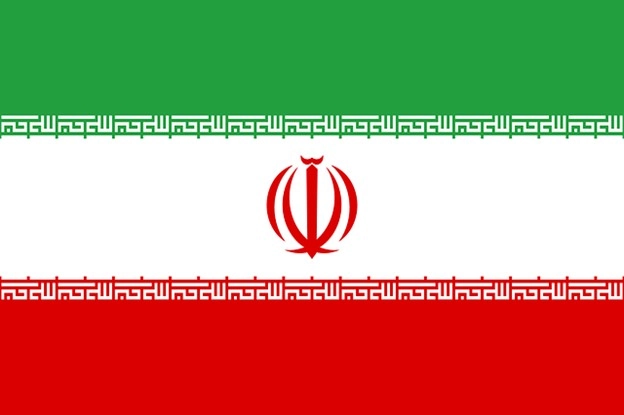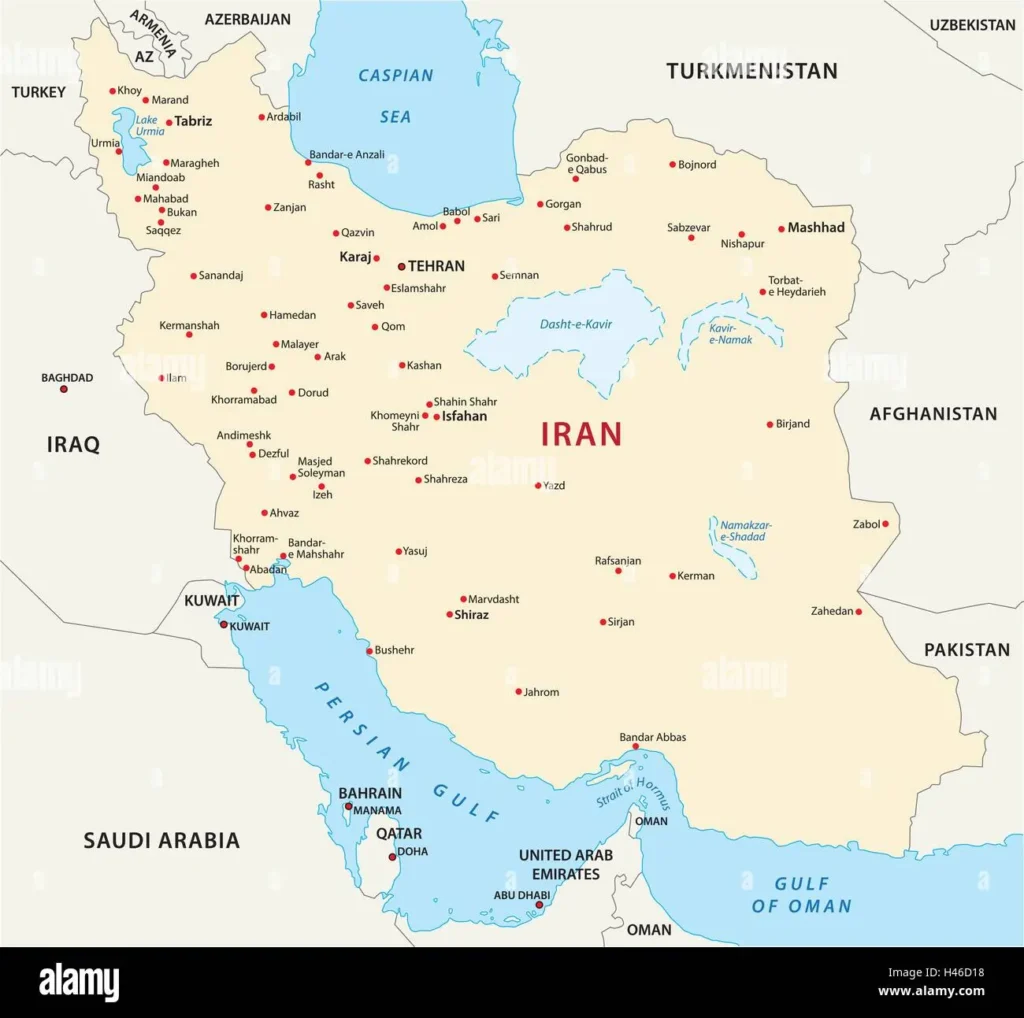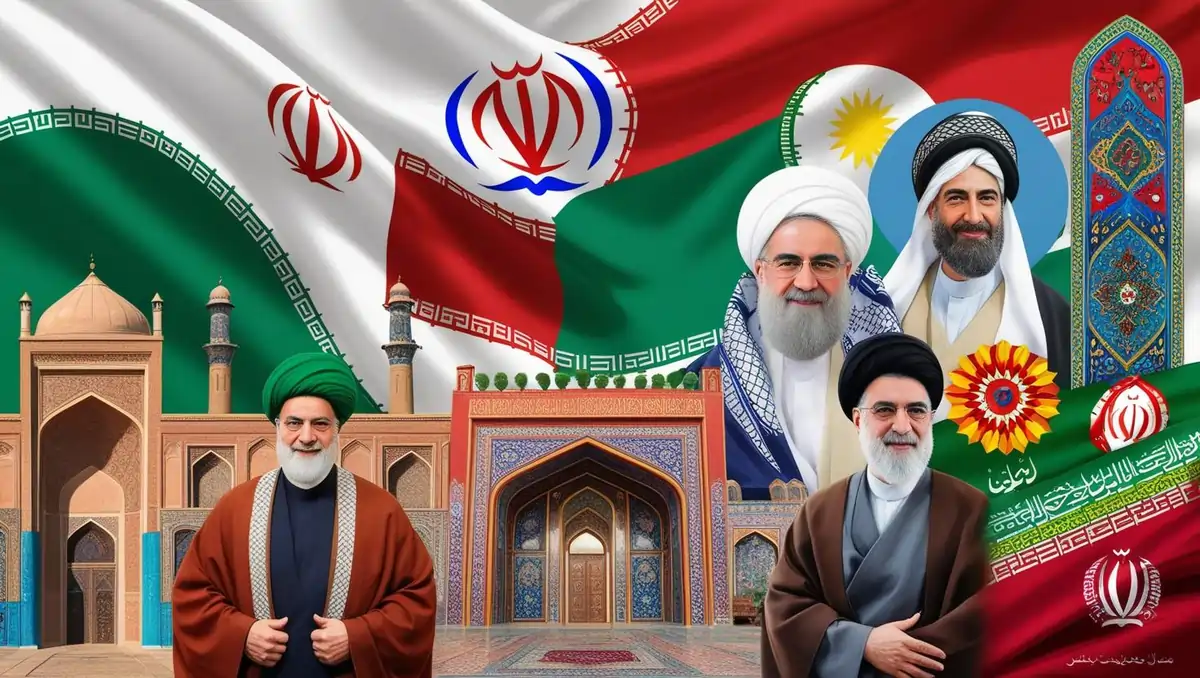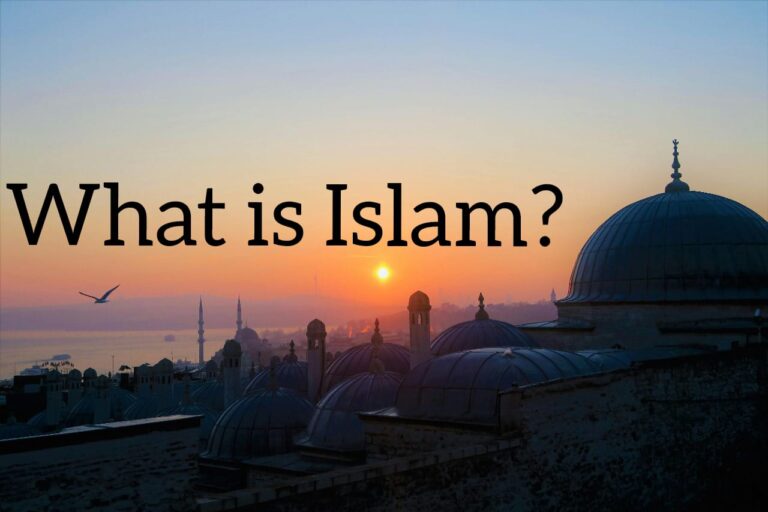Exploring Iran: Iran Flag, Culture, Language, and Traditions
Iran, a country rich in history and culture, is located in the Middle East and boasts a unique blend of ancient traditions and modern influences. From its iconic flag of Iran to its delicious cuisine, Iran is a nation that has intrigued travelers and historians for centuries.
Iran Flag and Its Meaning:

The Iran flag is a powerful symbol of the country’s identity. It consists of three horizontal stripes: green, white, and red. The green symbolizes Islam and prosperity, white represents peace, and red signifies courage and martyrdom. In the center of the flag of Iran, there is an emblem that represents the word “Allah” and a call to unity. Additionally, the phrase “Allahu Akbar” is repeated along the edges of the white stripe, reinforcing the nation’s religious foundation.
Map of Iran: Geography and Landscape:

A map of Iran showcases its strategic location, bordered by countries like Iraq, Afghanistan, and Turkey. It also has access to the Persian Gulf and the Caspian Sea,
making it an important geopolitical player. The country features vast deserts, towering mountains, and fertile plains, making it a land of diverse landscapes.
What Language Is Spoken in Iran?
A common question asked by visitors is, “What language is spoken in Iran?” The official language of Iran is Persian, also known as Farsi. It is widely spoken across the
country and serves as a unifying linguistic force. However, due to Iran’s diverse ethnic groups, other languages like Kurdish, Azerbaijani, and Arabic are also spoken in different regions. If you’re wondering “What language do they speak in Iran?”, the primary answer is Persian, but regional dialects and minority languages contribute to the country’s linguistic diversity.
It’s fascinating how many languages are spoken there. If you’re looking to explore Arabic, the language of the Quran, and understand its role in different cultures, our online classes could be a good fit. It’s like, connecting with a global language through your faith.
Iran Culture: A Fusion of Tradition and Modernity:
Iran culture is a blend of ancient traditions and modern influences. The country is known for its poetry, with legendary poets like Rumi and Hafez having left a lasting
impact on world literature. Persian art, architecture, and music are deeply embedded in the cultural fabric of Iran. Festivals such as Nowruz, the Persian New Year, highlight the nation’s deep-rooted customs and traditions. Family values play a significant role in Iran culture, with hospitality being a cherished trait among Iranians.
Iran Food: A Culinary Delight:
Iran food is renowned for its rich flavors and aromatic spices. Traditional dishes like kebabs, saffron infused rice, and stews such as Ghormeh Sabzi and Fesenjan
showcase the diversity of Persian cuisine. Sweets like Baklava and Persian saffron ice cream are also popular. Tea is a staple beverage, often enjoyed with dates or rock
sugar. Food in Iran is not just about nourishment; it is an essential part of social gatherings and hospitality.
Conclusion:
Iran is a country that captivates with its rich history, diverse landscapes, and vibrant culture. Whether it’s the symbolism behind the Iran flag, the beauty of the map of Iran, the flavors of Iran food, or the depth of Iran culture, the country offers a fascinating experience for those who wish to explore it. Understanding what language is spoken in Iran helps appreciate the nation’s unity amidst its diversity. Iran remains a timeless destination, blending its past with the present while offering a glimpse into its dynamic future.








2 Comments